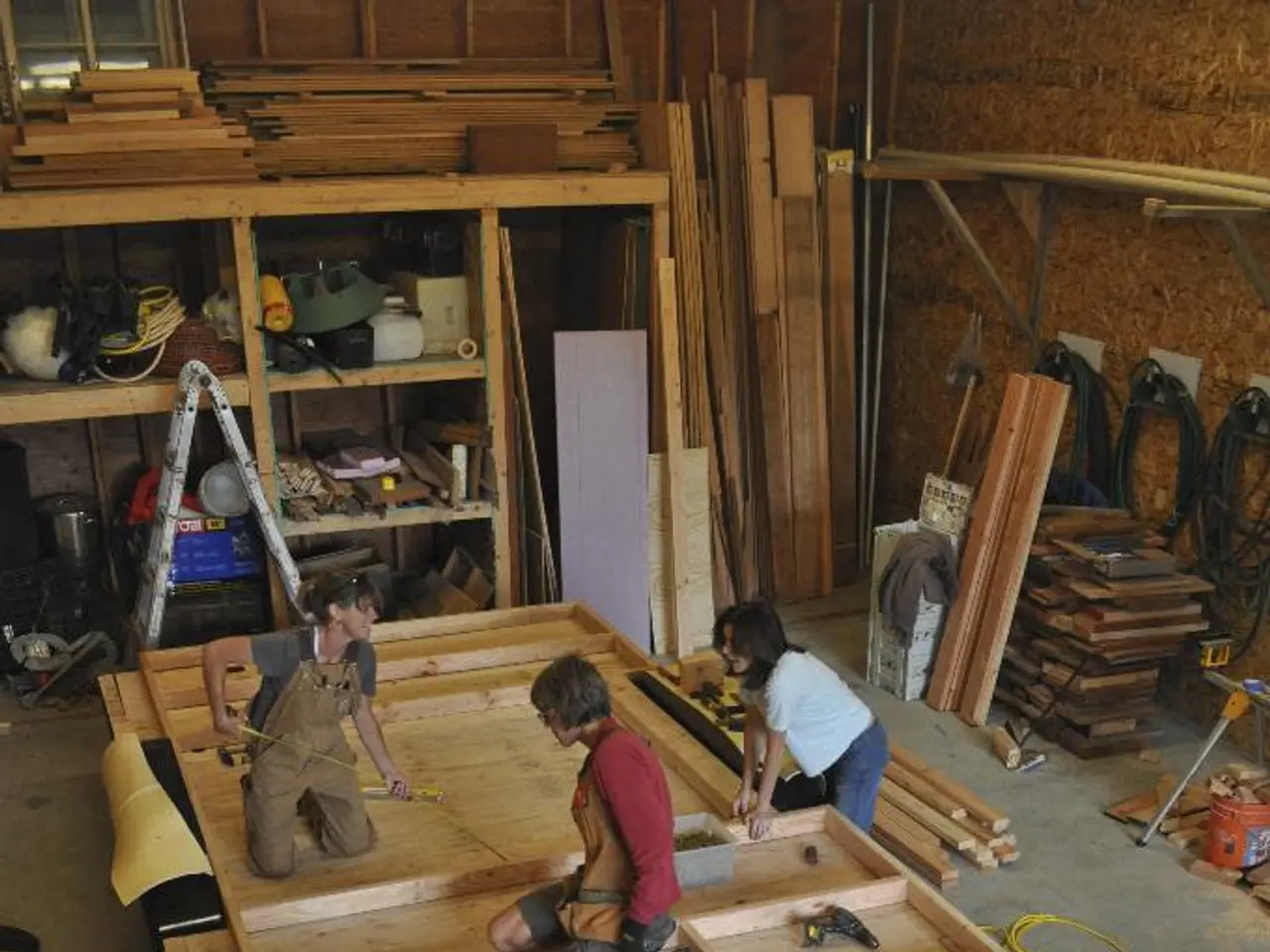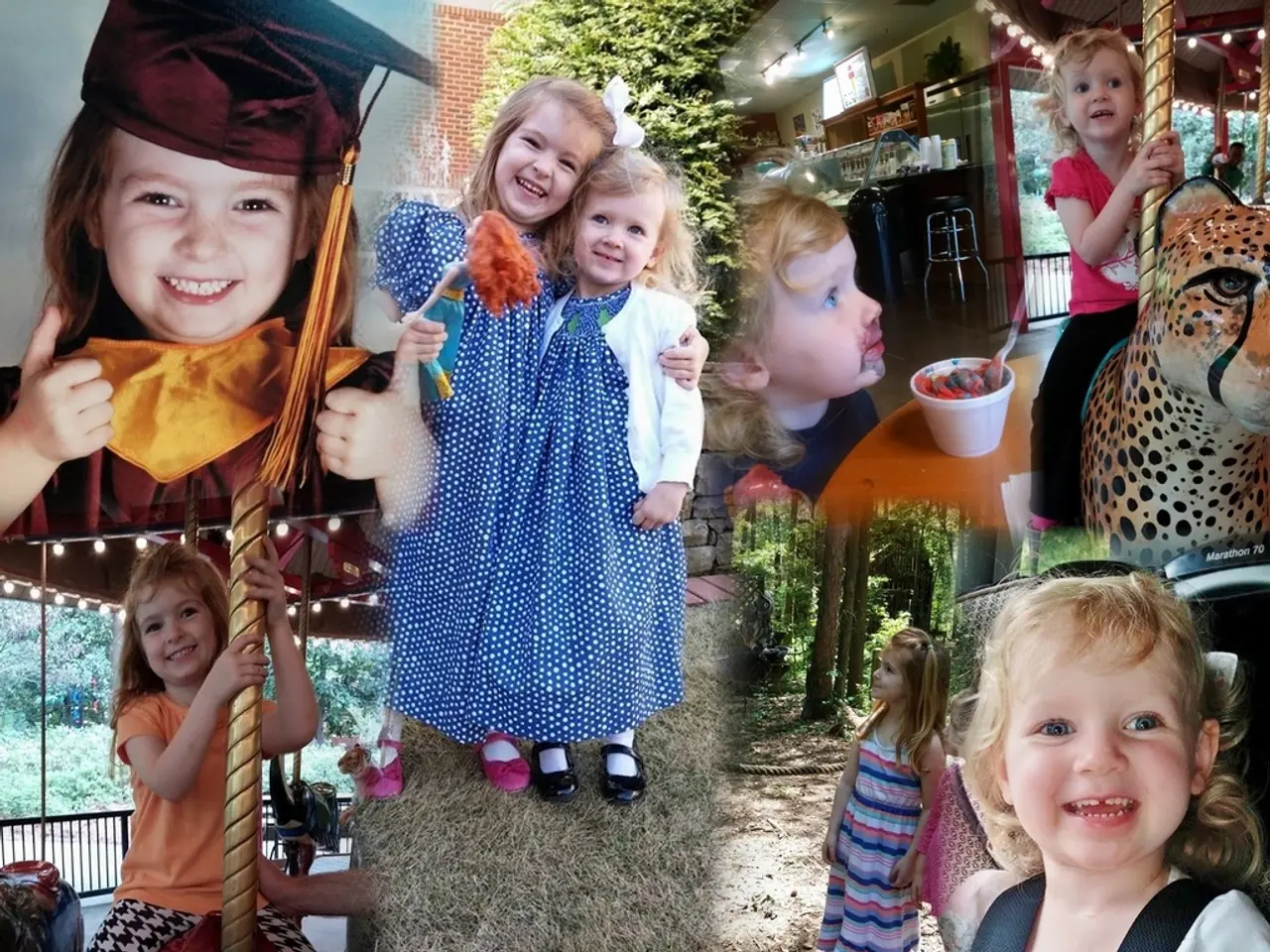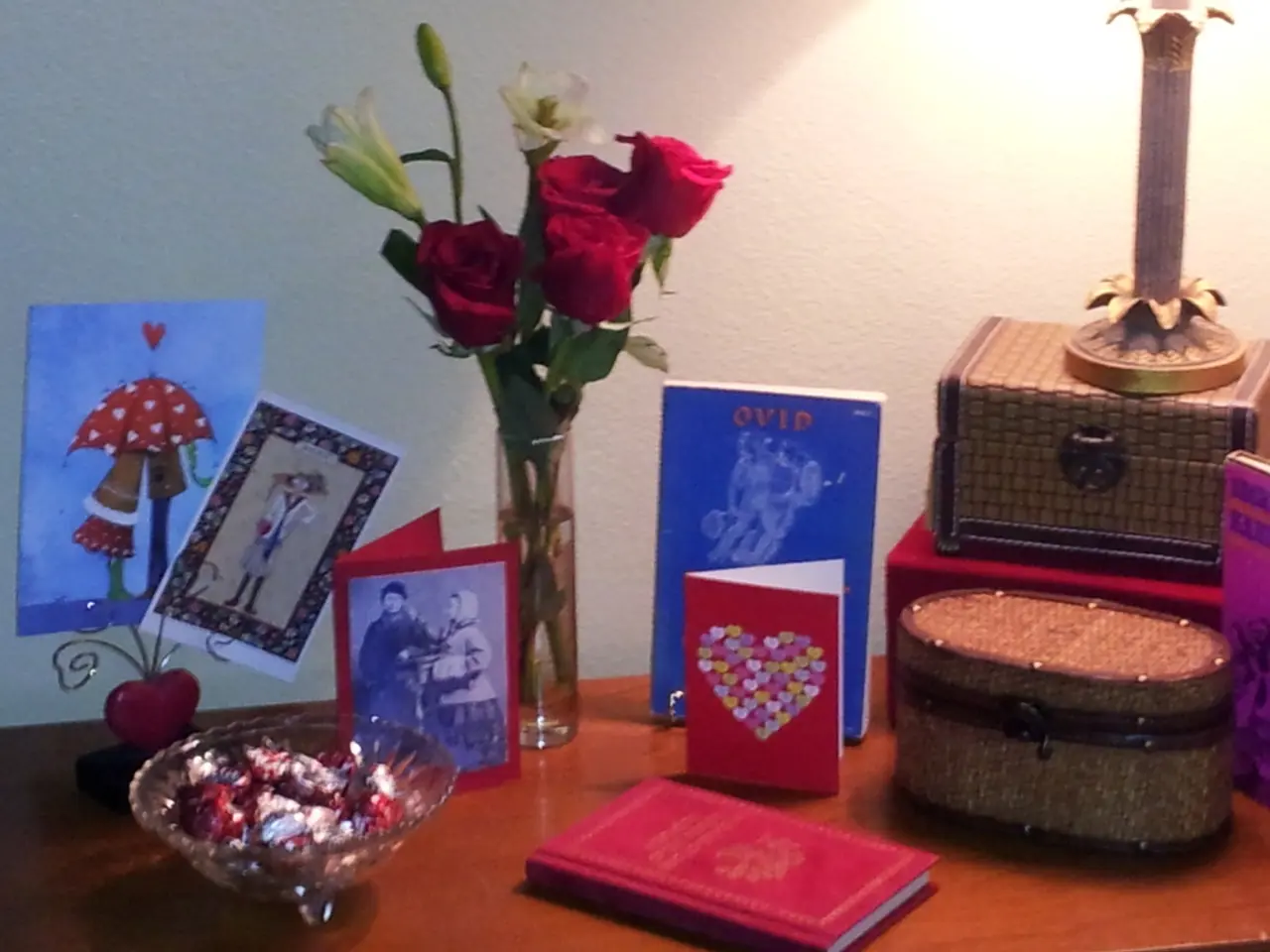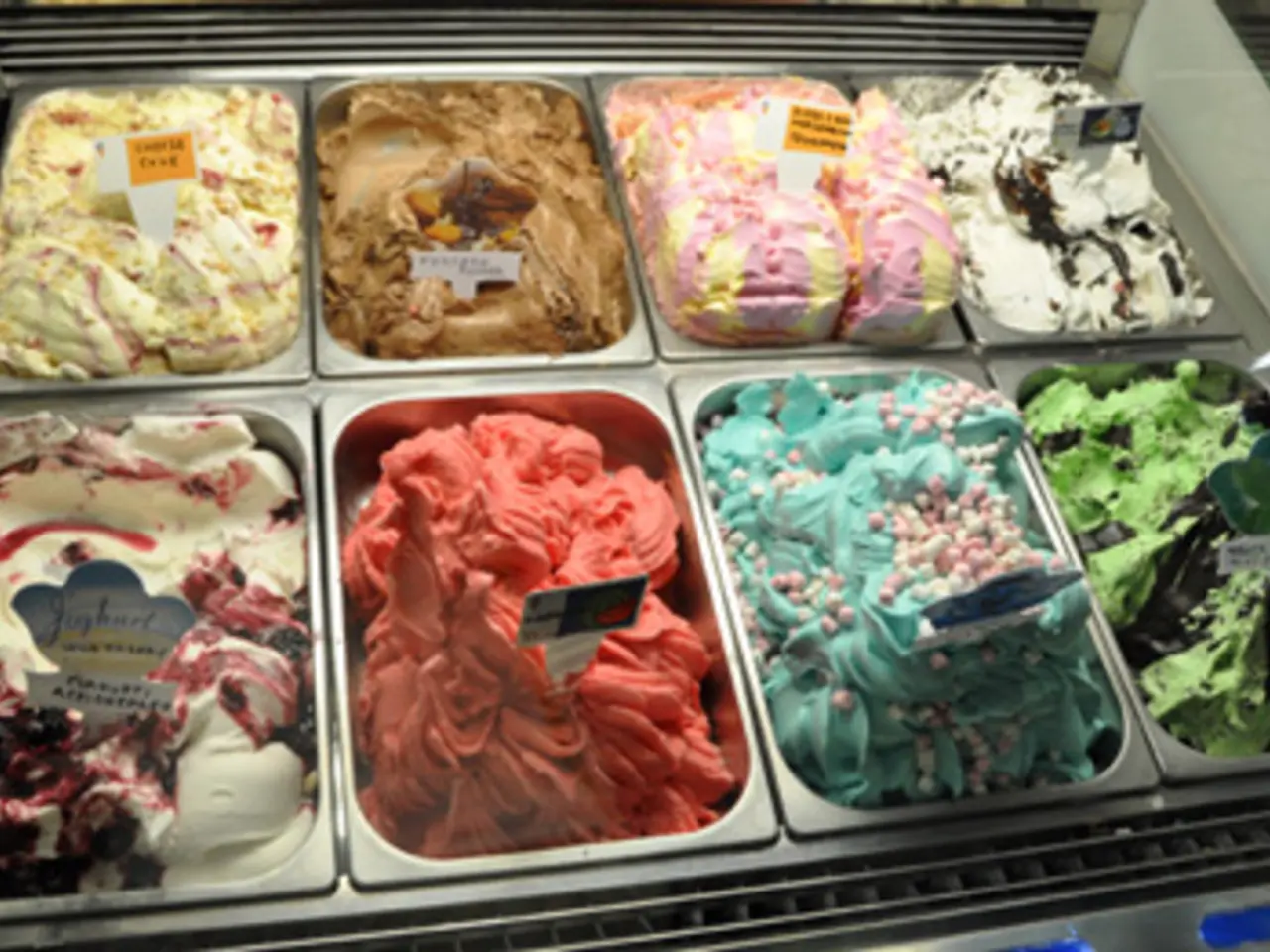Reorganize Spaces for Brainstorming Sessions and Design Innovation
In the world of creative collaboration and problem-solving, the spaces we occupy play a crucial role. A well-designed Design Thinking space can foster an environment of open communication, experimentation, and psychological safety, leading to groundbreaking ideas and innovative solutions.
To create such a space, experts recommend a combination of environment design, culture, and facilitation practices. One valuable resource is the book "Make Space: How to Set the Stage for Creative Collaboration" by Scott Doorley and Scott Witthoft, directors of Environments Collaborative.
Physical and Psychological Environment
The ideal Design Thinking space should be flexible, open, and inviting. It should encourage movement and collaboration, with writable walls, comfortable seating, and accessible materials. The setup should reduce hierarchy and invite all voices, helping to establish psychological safety where team members feel safe to share ideas and take risks without judgment or fear of failure.
Culture of Openness and Experimentation
A culture of openness and experimentation is essential in a Design Thinking environment. Failure should be viewed as a learning opportunity, not a setback. Encourage brainstorming sessions that are non-judgmental, allowing everyone to participate equally, whether in roundtable discussions, breakout groups, or individual ideation time. Regularly schedule innovation sprints or “innovation days” to give teams time and permission to think creatively beyond daily tasks.
Human-Centered Facilitation Using Design Thinking
The design thinking methodology should guide teams through stages such as Empathize, Define, Ideate, Prototype, and Test. Use techniques like field research and user interviews to drive empathy, then synthesize findings to foster targeted ideation. Facilitate rapid prototyping and iterative testing during sessions to turn ideas into tangible concepts and refine them quickly.
Leadership and Psychological Safety
Leaders must actively cultivate psychological safety by encouraging active listening, validating diverse viewpoints, and recognizing input regardless of hierarchy. This approach, supported by research from Google’s Project Aristotle, is critical to successful collaboration.
Providing Tools and Resources
Ensure access to creative tools, relevant technology, learning resources, and cross-functional knowledge sharing to empower experimentation and support ideation. Designing processes that bridge the gap between structured product development and the ambiguity needed for innovation helps integrate creativity into traditional workflows.
Recommended Materials
The Design Thinking team may require a range of materials such as large sticky notes, markers in various colours, glue, cardboard, tape, LEGO or Duplo, blue tack, magazines, and duct tape for prototyping sessions. Round tables work well for collaborative activities during ideation and prototyping sessions. If possible, the space should have a couch to use during breaks or for relaxation while other teams present their findings and results.
The SAP User Experience Community provides further information on the ideal Design Space, emphasising the importance of great acoustics, natural light, good ventilation, and a location away from work environments that stifle creativity or remind participants of stressful activities and time pressures.
In summary, an effective innovation space combines a thoughtfully designed environment, facilitative leadership fostering trust and psychological safety, structured design thinking methods for user-centered creativity, and organizational support for experimentation and learning. These elements together enable teams to collaborate creatively and translate ideas into actionable innovations.
For those looking to set up a suitable space for ideation sessions and the Design Thinking process, the "Create Some Space" template is available for download and printing. By following these recommendations, you can help your team create an environment that fosters creativity, collaboration, and innovation.
- To proverbially 'make space' for creative collaboration in a Design Thinking environment, the space should be designed with flexible, open, and inviting elements that encourage movement and collaboration, such as writable walls, comfortable seating, and accessible materials, to reduce hierarchy and invite all voices.
- In a space designed for Design Thinking, a culture of openness and experimentation ensures that failure is viewed as a learning opportunity and that all team members, regardless of hierarchy, feel psychologically safe to share ideas and take risks.
- A well-designed Design Thinking space facilitates ideation and prototyping using design thinking methodology and provides recommended materials such as large sticky notes, markers, cardboard, LEGO, magazines, and round tables, promoting a human-centered approach and enabling teams to collaborate and innovate effectively.




